calsfoundation@cals.org
Center Ridge (Conway County)
The history of Center Ridge, an unincorporated community in northeastern Conway County, spans and connects to some of the key developments in Arkansas history, from the bitter division during the Civil War to the evolution of the rural economy of upland Arkansas—which developed from subsistence agriculture to row crops, animal husbandry, and more recently, natural gas extraction.
Archaeological excavations made prior to the construction of Brewer Lake, in central Conway County, indicate that Native Americans occupied the area for thousands of years. The upland portion of Conway County was largely uninhabited by the late 1830s, when white settlers began to arrive. The first community in the area, about four miles west of present-day Center Ridge, was Lick Mountain, and the township still bears this name.
Northern Conway County was sharply divided between Confederate and Union loyalties during the Civil War. Some men from the area joined the Tenth Arkansas Infantry, a Confederate regiment organized in the summer of 1861 at Springfield, then the county seat. In 1862, about seventy local Unionist men made their way to Batesville (Independence County), where they joined the Union army as Company B of the First Arkansas Infantry Battalion, under the command of Captain Thomas Jefferson Williams of Lick Mountain. During the last three years of the war, the region was ravaged by guerrilla conflict and feuding between Unionist and Rebel families. During Reconstruction in 1868, some of these Unionists, now organized as the Republican Militia, battled former Confederates, operating as the Ku Klux Klan. Families in the area remained sharply divided between Republican and Democratic politics well into the twentieth century.
Center Ridge was founded in 1878 when two settlers, Frank O. Stobaugh and L. D. Jones, built substantial homes, had a surveyor lay out the community, and petitioned for a post office, which was received on March 7, 1879. The Stobaugh house/hotel still stands in Center Ridge. The community apparently took the name Center Ridge from a post office that had been established in 1867 on a ridge approximately five miles to the north in the home of Joseph E. Halbrook. The post office closed after a few years, but the post office established in 1879 also took the name Center Ridge.
Center Ridge grew rapidly in the 1880s. Methodists and Baptists built churches there, and Frank Stobaugh pastored a small congregation of the Christian church. By 1890, the community had approximately 250 residents, a school, four general stores, a drugstore, two hotels, a grist mill, and a cotton gin that ginned approximately 300 bales a year. Two physicians, a shoemaker, and blacksmith/wagon maker practiced their crafts. The community had a Masonic lodge, a post of the Grand Army of the Republic (GAR), and a camp of the Sons of Union Veterans—these latter two organizations reflecting the Unionist loyalty remaining from the Civil War.
In the late 1870s and 1880s, a group of Italian immigrants settled two miles south of Center Ridge in an area that became known as Catholic Point (Conway County). Settlers erected a Roman Catholic church in 1883, and the parish acquired a resident priest in 1924 and a parochial school in 1929, which operated until 1967. With differences in language, culture, and religion from their Protestant neighbors, the Italians of Catholic Point formed a community within a community that remained for generations to come.
For a period in 1903 and 1904, the community had a four-page weekly newspaper, the Conway County Banner, published by Claude Snowden. It was the only newspaper known to have been published in Center Ridge.
In the 1920s, the local school consolidated with ten small schools for white children in the area to form the Nemo Vista School, which became a relatively large rural school district in the northeastern section of Conway County. Children living in several African American settlements to the north and east of Center Ridge would later travel twenty miles south to attend school in all-black Menifee (Conway County). In fact, these black settlements formed islands of the Menifee school district totally surrounded by the Nemo Vista district. The Nemo Vista school district eventually integrated, with the first black graduate in 1968.
From the early days, Center Ridge was the commercial center for the area’s small farmers harvesting corn, cotton, and timber. The drop in cotton prices during the Great Depression, combined with the Drought of 1930–31, hit the community hard, and several residents moved to the Missouri bootheel and to western states. By the 1940s, cotton practically disappeared from the fields as beef/dairy cattle and poultry production became the main forms of commercial agriculture in the area. Arkansas State Highway 9, which runs north-south through the community, was paved in 1952.
Starting in the early 2000s, natural gas production with the Fayetteville Shale reservoir became a dominant economic activity, with dozens of wells on the outskirts of Center Ridge bringing considerable traffic to the community’s businesses. By 2016, however, the industry had dwindled.
One well-known Arkansas personality, Marlin Hawkins, was born near Center Ridge in 1913 and later served as sheriff of Conway County.
Another moment of wider attention for the area came in 1962 when musicians Merle Kilgore and Claude King wrote the song “Wolverton Mountain” (with King singing), about Kilgore’s uncle Clifton Clowers, who lived on the northeastern part of Woolverton Mountain. For several weeks, the song topped the country charts and crossed over to pop charts; other singers, such as Jerry Lee Lewis, Nat King Cole, and Bing Crosby, recorded the song in the 1960s. While the song faded from the charts and Clifton Clowers died in 1994 at the age of 102, Woolverton Mountain remains a scenic backdrop for the western view from Center Ridge.
For additional information:
Conway County, Arkansas: Our Home, Our Land, Our People. Little Rock: Historical Publications of Arkansas, 1992.
Historical Reminiscences and Biographical Memoirs of Conway County, Arkansas. Van Buren, AR: Press-Argus, 1967.
Kenneth C. Barnes
University of Central Arkansas
 Entering Center Ridge
Entering Center Ridge 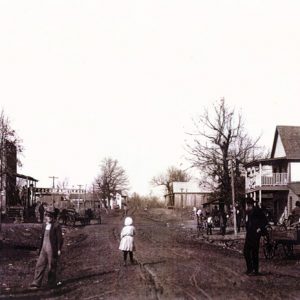 Center Ridge
Center Ridge 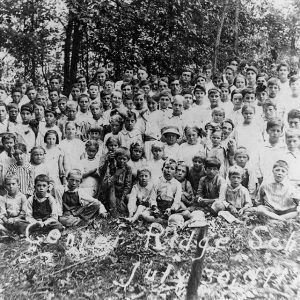 Center Ridge School
Center Ridge School 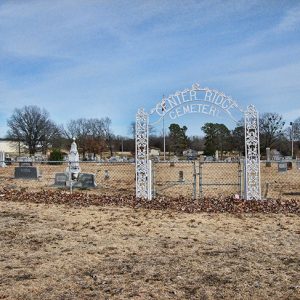 Center Ridge Cemetery
Center Ridge Cemetery 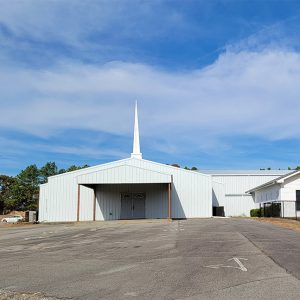 Center Ridge Church
Center Ridge Church 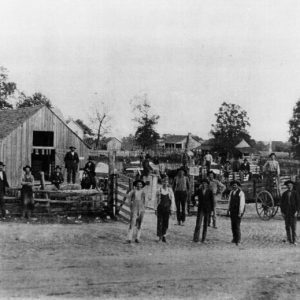 Center Ridge Cotton Gin
Center Ridge Cotton Gin 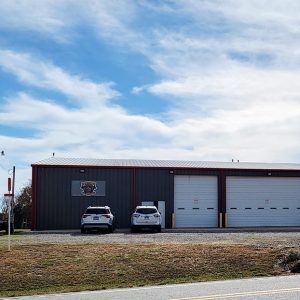 Center Ridge Fire Department
Center Ridge Fire Department 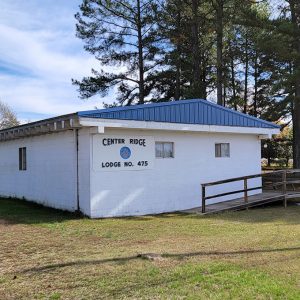 Center Ridge Masons
Center Ridge Masons 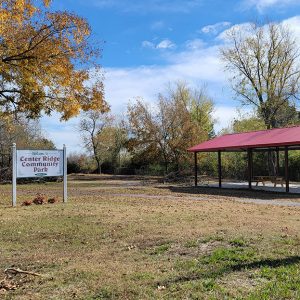 Center Ridge Park
Center Ridge Park  Center Ridge Post Office
Center Ridge Post Office  Center Ridge Street Scene
Center Ridge Street Scene 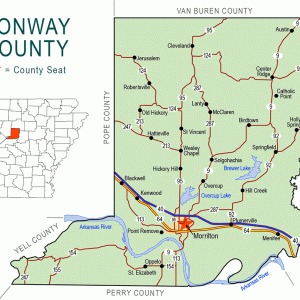 Conway County Map
Conway County Map 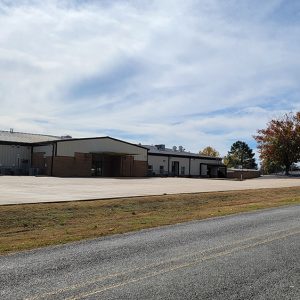 Nemo Vista Elementary School
Nemo Vista Elementary School 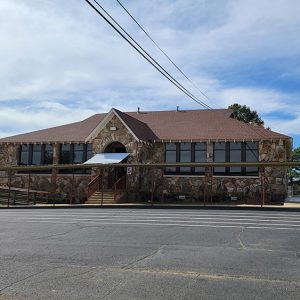 Nemo Vista School
Nemo Vista School 



Comments
No comments on this entry yet.